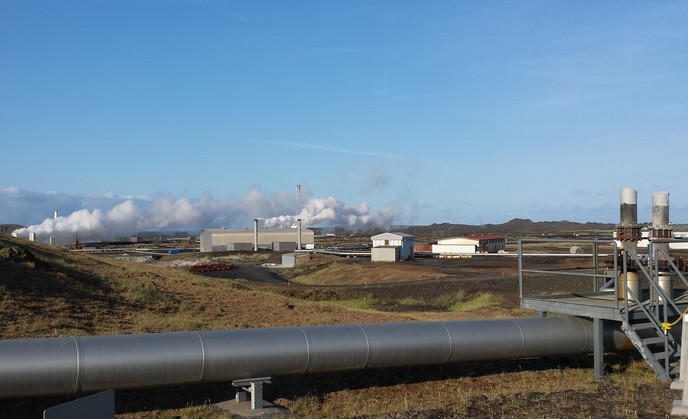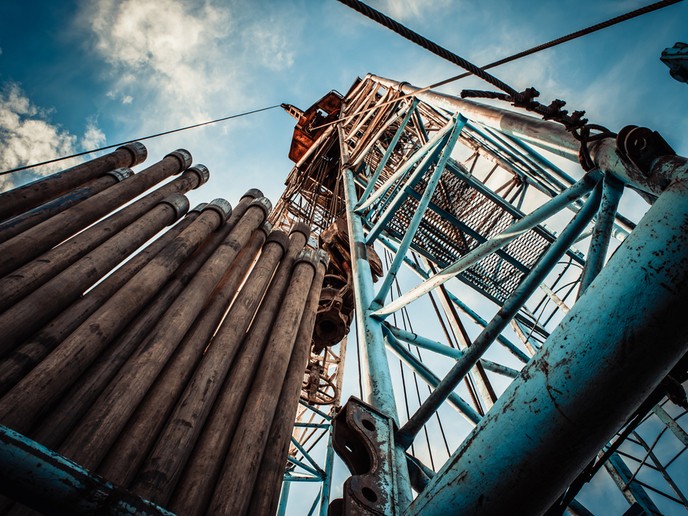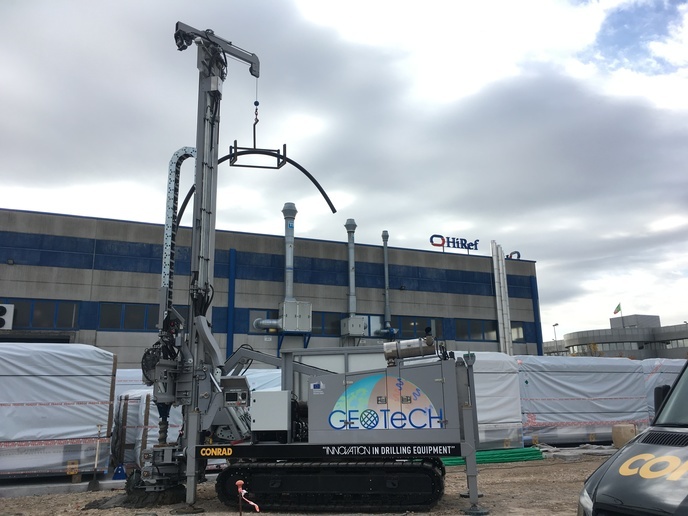World-record drilling depth signals potential for carbon-neutral Europe
Geothermal energy is green, infinite and available virtually everywhere. However, the full exploitation of its potential calls for new technologies able to exploit sites with naturally occurring heat, but lacking both water and sufficiently high rock permeability. This is where enhanced geothermal systems (EGS), and more specifically the DEEPEGS project, come into play. Back in April 2017, DEEPEGS made the headlines for its successful 4 659-metre-deep drilling into a geothermal field in Iceland. The first-of-its-kind venture offered a wealth of learning opportunities for the geothermal sector and is still a world record to this day. “The very high permeability of the superhot site at Reykjanes below a 3-km depth came as a pleasant surprise,” says Gudmundur Ómar Fridleifsson, coordinator of DEEPEGS. “No drill cuttings or drilling cooling fluids reached the surface below a depth of 3.2 km. The drilling to a 4 650-metre depth in high-temperature geothermal systems had never been achieved before in an environment where 600 °C reservoir temperatures have been confirmed.” Low permeability is one of the barriers to EGS market development which the DEEPEGS project aimed to overcome. The project team initially planned to conduct its permeability enhancement experiments in southern France, where temperatures above 200 °C were expected below 4-km depths. However, things there didn’t exactly go to plan: delays accumulated in the three field tests that the project planned to use and “as time passed we realised that none of these three fields would be greenlighted,” explains Sigurdur G. Bogason, Chief Project Officer of DEEPEGS.
The next milestone: winning continental Europe’s hearts
To proceed with their work, the consortium had to substitute the three originally targeted fields with the geothermal site of Vendenheim, Alsace, where a multi-leg (multi-drain) enhancement for increased permeability is currently being tested. If successful, it could have an immediate impact on further utilisation of EGS in Europe. “Hot granites over 200 °C have already been drilled, while permeability enhancement is still ongoing,” Bogason points out. One of the main problems faced by the consortium in France was the sceptical attitude of French communities and authorities towards EGS, even though the technology is environmentally friendly. Huge communication efforts had to be deployed by the French energy company, Fonroche Géothermie, to obtain clearance in Vendenheim. As Fridleifsson points out, all projects close to urban areas in continental Europe will need a high level of communication to get citizens and local authorities on board. Project partners expect the project’s success in Iceland to impact the market within 10 years. Until then, they will keep disseminating the positive outcome of the DEEPEGS project in order to convince the geothermal industry to drill into superhot systems for increased power production. “The lessons learned are of great value and have already led to advanced technological breakthroughs such as deep casings and the testing of flexible couplings which are being planned, all based on the experience gained in DEEPEGS,” Fridleifsson concludes.







